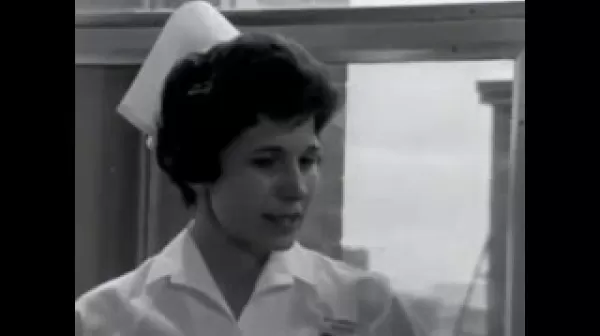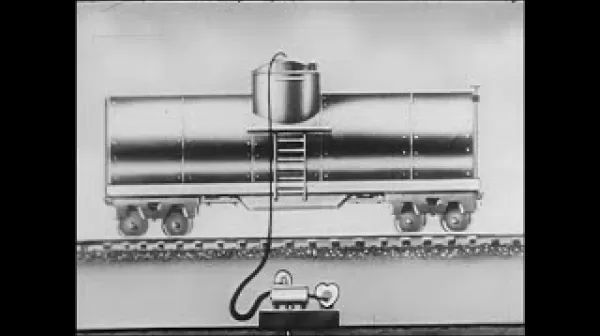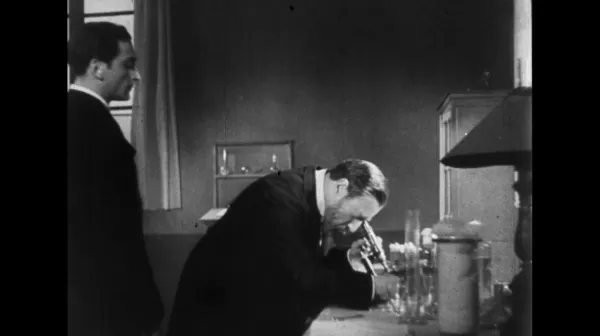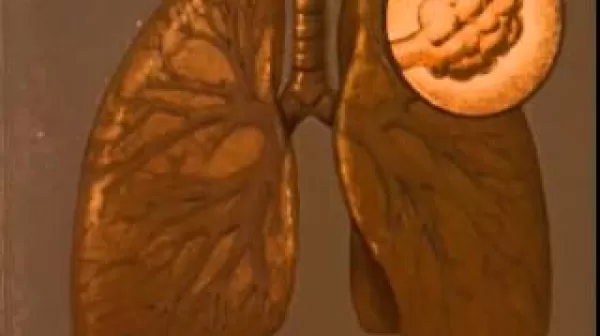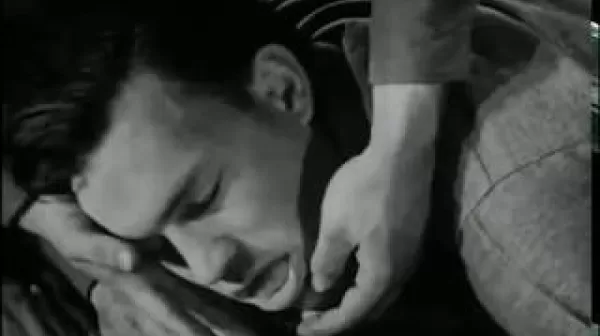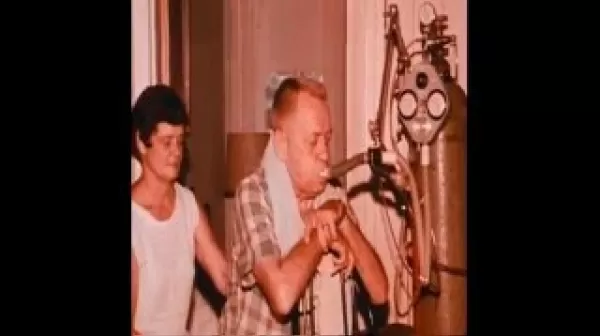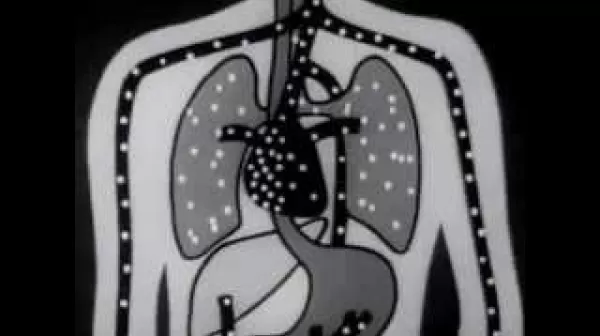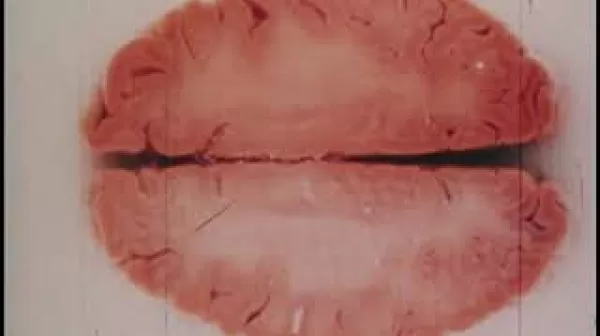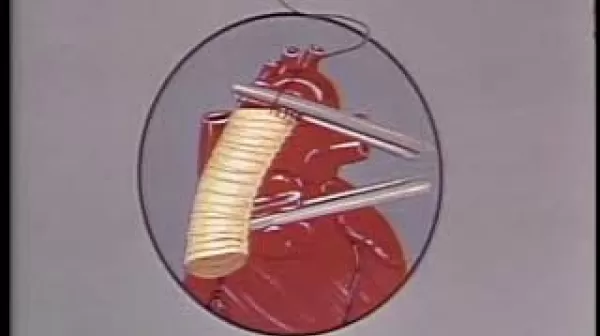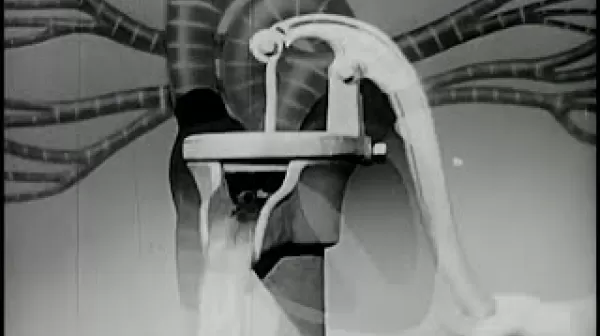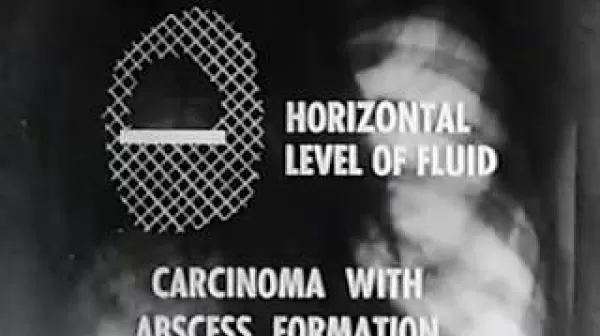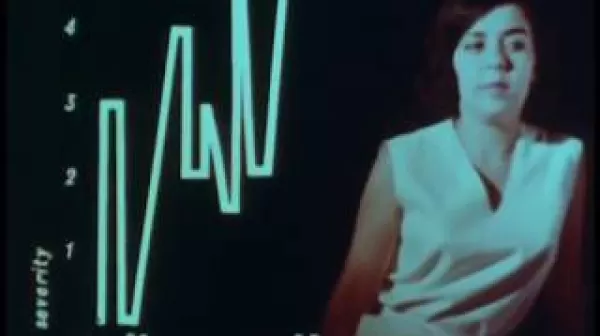Smoking and Lung Cancer (Anderson Associates, 1965)
This film's full title is "Smoking and Lung Cancer, an authentic case filmed at the Royal Edward Chest Hospital, Montreal: the diagnostic tests, assessment, preparation for removal of a lung from a patient with a long history of cigarette smoking." It follows a lung cancer patient, who is also a heavy smoker, through x-ray, diagnosis, bronchoscopy, surgical preparation, surgery, and post-operation. It also gives information on the relationship of smoking to lung cancer.

